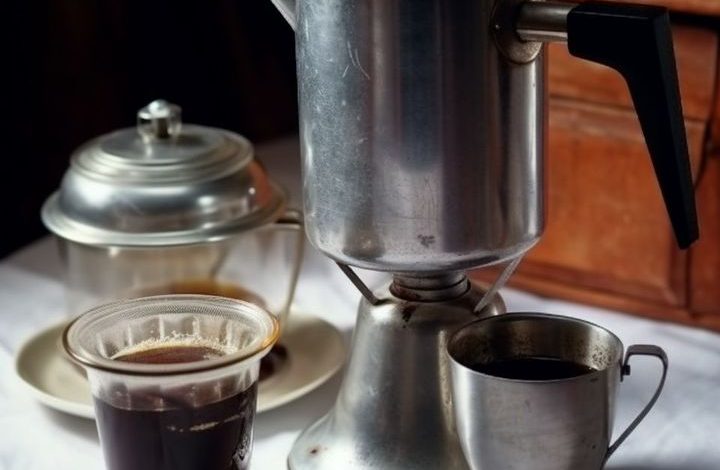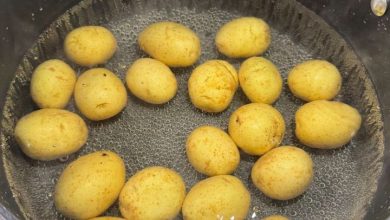Mom and dad used to make coffee in a coffee percolator. Best coffee around! Here’s how it worked

In the realm of coffee brewing, amidst the whirlwind of modern machines and gadgets, stands a timeless hero: the coffee percolator. Its nostalgic charm and unique brewing process have endeared it to coffee enthusiasts worldwide. Let’s journey into the world of percolated coffee, exploring its history, comparing it to contemporary devices, and mastering the art of brewing the perfect cup.
ADVERTISEMENT
Understanding the Coffee Percolator
A coffee percolator is a brewing device comprising a pot, a central tube, and a perforated chamber. Water in the pot is heated, rises through the tube, permeates the coffee grounds in the chamber, and cascades back into the pot, ensuring a continuous brewing cycle.
ADVERTISEMENT
Origins and Evolution
The roots of the coffee percolator delve into the early 19th century, attributed to Sir Benjamin Thompson, an American-born British physicist, who patented a percolating coffee pot in 1810. Over time, the design has evolved, blending classic aesthetics with modern functionality.
ADVERTISEMENT
Classic vs. Modern Percolators
Vintage percolators boasted a traditional allure, often crafted from aluminum or enamel, with a distinctive bubble-shaped chamber. In contrast, modern variants feature sleek stainless steel or glass constructions, offering durability and aesthetic appeal. Despite these differences, both incarnations share the same brewing principles.
Comparing Percolators to Modern Devices
While modern coffee machines dominate the market, percolators retain their charm with notable advantages and drawbacks:
Pros of Coffee Percolators:
- Simplicity: Minimal parts and straightforward operation make percolators user-friendly.
- Versatility: Suitable for various heat sources, including stovetops and campfires, catering to diverse preferences.
- Robust Flavor: Percolators often yield a strong and bold coffee flavor, cherished by aficionados.
Cons of Coffee Percolators:
- Bitterness: Over-extraction can lead to bitterness, impacting the taste profile.
- Lack of Precision: Limited control over temperature and brew time may result in inconsistent brews.
- Uneven Extraction: The percolation process may not extract flavors evenly, affecting brew consistency.
Brewing the Perfect Cup
Mastering the art of percolated coffee requires finesse and attention to detail:
- Water and Grounds: Use one cup of cold water for every tablespoon of coffee grounds.
- Setup: Assemble the percolator, ensuring even distribution of coffee grounds.
- Brewing Process: Heat the percolator, maintaining a gentle boil for 7-10 minutes.
- Avoid Over-Extraction: Monitor the brewing process to prevent bitterness.
- Serve: Pour the freshly brewed coffee into your cup and savor the moment.
In a world captivated by innovation, the humble coffee percolator stands as a beacon of tradition and taste. Whether relishing its robust flavor or marveling at its timeless design, brewing coffee with a percolator transcends mere utility—it’s a cherished ritual, a connection to the past, and a testament to the enduring legacy of mom and dad’s favorite brew.




